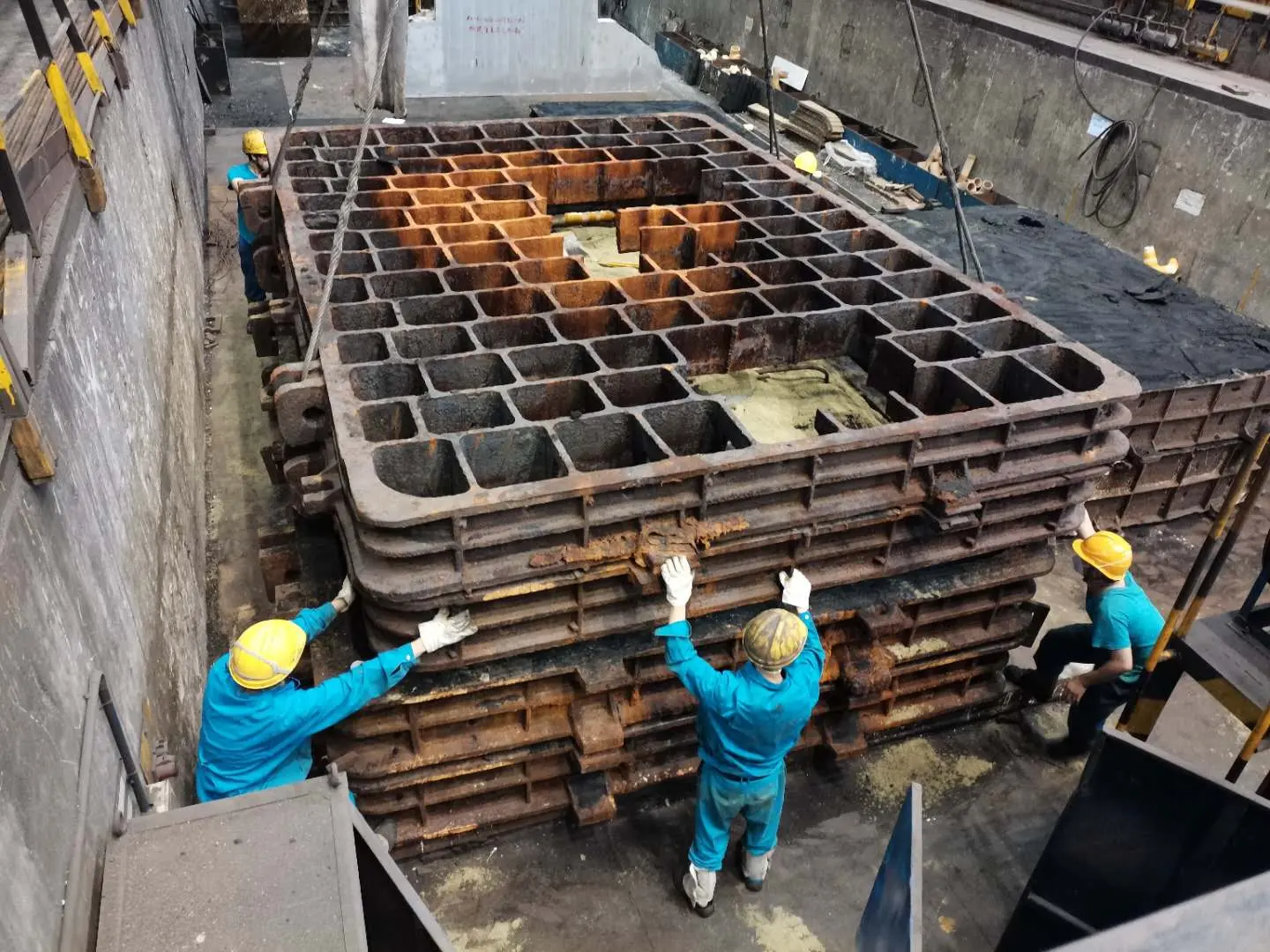The Significance and Evolution of Sand Casting Industries
Sand casting, one of the oldest and most versatile metalworking processes, plays a crucial role in various industries by producing complex metal parts with high precision. The method, which involves creating a mold from a mixture of sand and a binding agent, has been the backbone of manufacturing for centuries. This article explores the significance, applications, and advancements within the sand casting industry, highlighting its ongoing relevance in modern manufacturing.
Historical Context
The origins of sand casting can be traced back to ancient civilizations, with the earliest evidence found in Egyptian artifacts and Chinese bronze statues. Initially, artisans used natural sand mixed with clay to form molds for casting metals such as bronze and iron. Over time, methods evolved, and with the advent of the Industrial Revolution, sand casting emerged as a reliable and cost-effective manufacturing method.
The Sand Casting Process
The sand casting process begins with the creation of a mold. Two halves of a mold are formed using a mixture of sand and a binding material, typically clay or resin. The mold is then compacted around a pattern, which is a replica of the final product. Once the sand has set, the pattern is removed, leaving a cavity in the shape of the desired part.
The next stage involves pouring molten metal into the mold. As the metal cools and solidifies, it takes the shape of the cavity. After sufficient cooling, the mold is broken away to reveal the casted part, which often requires further finishing processes like trimming, sandblasting, and machining to achieve the desired surface finish and dimensions.
Applications in Various Industries
Sand casting is used in a wide range of industries due to its flexibility and ability to produce large or small quantities cost-effectively
. Key applications include1. Automotive Industry Sand casting is extensively utilized in the production of engine blocks, cylinder heads, and other critical components. Its ability to create complex geometries makes it a favored choice for automotive manufacturers.
2. Aerospace Sector The aerospace industry relies on sand casting for components that require high strength and lightweight characteristics. Examples include landing gear and turbine housings.
sand cast industries

3. Marine Applications In the marine industry, sand casting is used to produce durable parts that can withstand harsh environments, such as propeller housings and engine components.
4. Art and Sculpture Beyond industrial applications, sand casting is also a popular technique among artists for creating sculptures and decorative objects, allowing for intricate designs and fine details.
Environmental Considerations
As environmental concerns continue to grow, the sand casting industry has made strides towards sustainability. Traditional sand casting can generate a substantial amount of waste, primarily from the sand used in molds. However, many manufacturers have adopted new technologies to recycle sand and minimize waste.
Innovations such as the use of green sand (a mixture of sand and clay that can be reused) and advances in binders have led to more eco-friendly processes. Additionally, sand casting allows for the production of parts with minimal energy consumption when compared to alternative manufacturing methods such as die casting.
Technological Advancements
Recent technological advancements have significantly improved the efficiency and quality of sand casting. The integration of additive manufacturing techniques, such as 3D printing, has revolutionized mold production, allowing for rapid prototyping and customization. This not only speeds up the production process but also enhances design flexibility.
Furthermore, the use of computer-aided design (CAD) and simulation software has enabled engineers to optimize mold designs and predict potential casting defects before production begins, reducing costs and lead times.
Conclusion
The sand casting industry remains a vital component of modern manufacturing, with a rich history that underpins many technological advancements today. Its versatility, cost-effectiveness, and adaptability to various industries underscore its importance in the global economy. As the industry continues to evolve with sustainable practices and cutting-edge technologies, sand casting is well-positioned to meet the challenges and demands of the future, ensuring its ongoing relevance in an ever-changing manufacturing landscape.
Post time:Oktoba . 20, 2024 18:43
Next:foundry sand recycling
